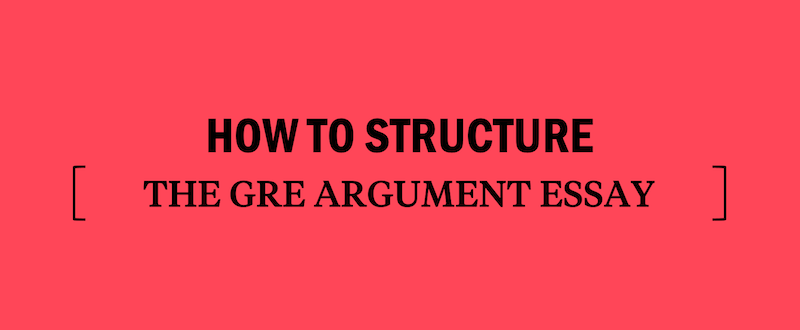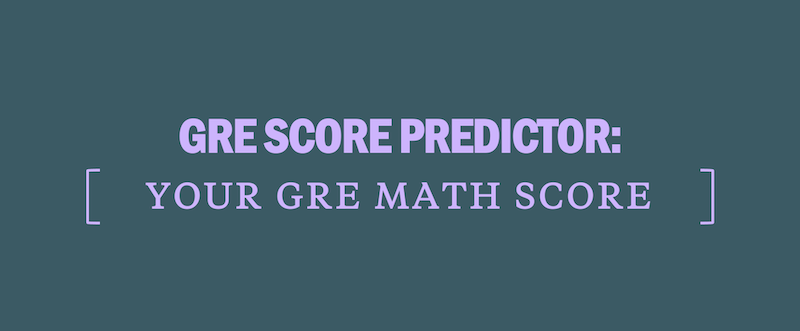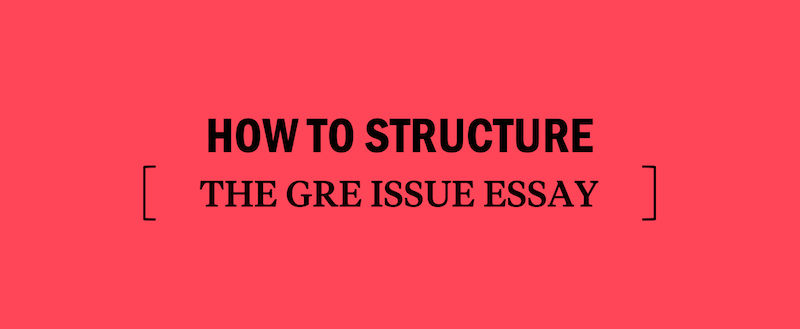How to Structure the GRE Argument Essay
The GRE Argument Essay asks you to change perspective from the one you had for the Issue Essay. Instead of taking a position on a controversy, you read someone else’s argument and comment on the flaws and unproven assumptions in that argument. There is only one opinion you can have: the argument is flawed and the conclusion can no be accepted based on the current information and reasoning. Your essay should be 5-6 paragraphs in which you will criticize an argument, describe how it could be improved, and reiterate that is it overall weak and unconvincing. The following template is only a suggestion from our GRE study guide, so feel free to adjust it slightly into a version that best works for you!
After presenting you with another author’s argument, there are a variety of ways your task can be stated. All of these tasks ask you to analyze the argument and look for its assumptions and flaws; it’s essential that your essay makes reference to the specific directions you are given and refers back to those directions. For instance, if you are asked to provide some questions that will need to be answered in order to assess the validity of the argument, state explicitly in your response that there are some questions that need to be answered–and then list some of those questions and provide some possible, theoretical answers that would either strengthen or weaken the argument.
Remember to practice writing at least 2-3 full essays within the time constraint before Test Day! You can also start applying this template to sample prompts.
Template Paragraph 1: – Introduction (3-4 sentences)
Start by showing the reader that you understand the parts of the argument.. Make sure you have identified the Conclusion, Evidence, and underlying Assumptions of the argument in your pre-writing phase. Do not use self-reference, or the words “I agree” or “I disagree” anywhere in your essay. You will absolutely use phrases like “the argument” and “the author.”. Here are the main points to hit:
- Restate the author’s conclusion (his opinion) and identify it specifically as a conclusion.
- Summarize the facts or proposals the author provides that leads him to his conclusion–and identify them specially as evidence.
- Your thesis (final sentence): state unequivocally that the argument is flawed.
For example, your introduction could take a form like this:
There is no need to list your the specifics of your three examples in your thesis. Save your writing time and energy for the central portion of your essay.
Template Paragraph 2: – Lack of Evidence to Support an Assumption (4-6 sentences)
Almost every Argument has unsupported assumptions. Identify a primary assumption and give examples of evidence that would make the assumption unlikely to be true and therefore weaken the conclusion. You are not expected to disprove the conclusion; instead, you want to show that the author, if he did more research, might find that his conclusion isn’t a strong one.
Template Paragraph 3: – Weak Evidence (4-6 sentences)
Identify another assumption or flaw in the author’s reasoning and show how more evidence or better reasoning could undermine the argument.
Template Paragraph 4 (optional): – Vague Language (4-6 sentences)
Use a transition phrase again, then attack the specific terminology the author utilizes in the argument. How many is “many”? Who exactly does he mean by “most”? Here you will be using the author’s own rhetorical construction against him. This is a “time valve” paragraph–that is, only write it if you have plenty of time to spare.
Template Paragraph 5: – How to Strengthen (2-4 sentences)
Just because there are unsupported assumptions and flaws in the author’s argument, it’s still possible that the conclusion is defensible. Reinforce the idea that there might be SOME merit to the author’s argument. Provide some ideas for evidence that, if the author could find it, could make the assumptions likely to be true and therefore support the conclusion.
Template Paragraph 6 : – Conclusion (1-2 sentences)
Although the conclusion is short, it is essential to make sure the reader knows that you understand that your job was to analyze the argument, not to fix it. Quickly restate your original thesis, that the argument has too many assumptions and flaws in reasoning to be acceptable. Point out that the author has more work to do.
Top 4 Tips for a Strong GRE Argument Essay
GRE Argument Essay Sample
In 1992, many farmers in Jalikistan began using a hormone designed to produce larger cows that would produce more milk. Since then, childhood obesity in Jalikistan has grown by 200 percent. The amount of milk and dairy consumed by children in this area has not increased or decreased. Children in the same area who are lactose intolerant, and who drink almond milk or soy milk, have not had the same increase in childhood obesity. The only clear explanation is that the introduction of the hormone is responsible for the increase in childhood obesity in that area.
Write a response in which you discuss one or more viable alternatives to the proposed explanation. Justify, with support, why the alternatives could rival the proposed explanation and explain how those explanation(s) can plausibly account for the facts presented in the argument.
[ PREVIOUS: < How to Structure the GRE Issue Essay ] [ NEXT: Practice GRE Argument Essay Prompts > ]





